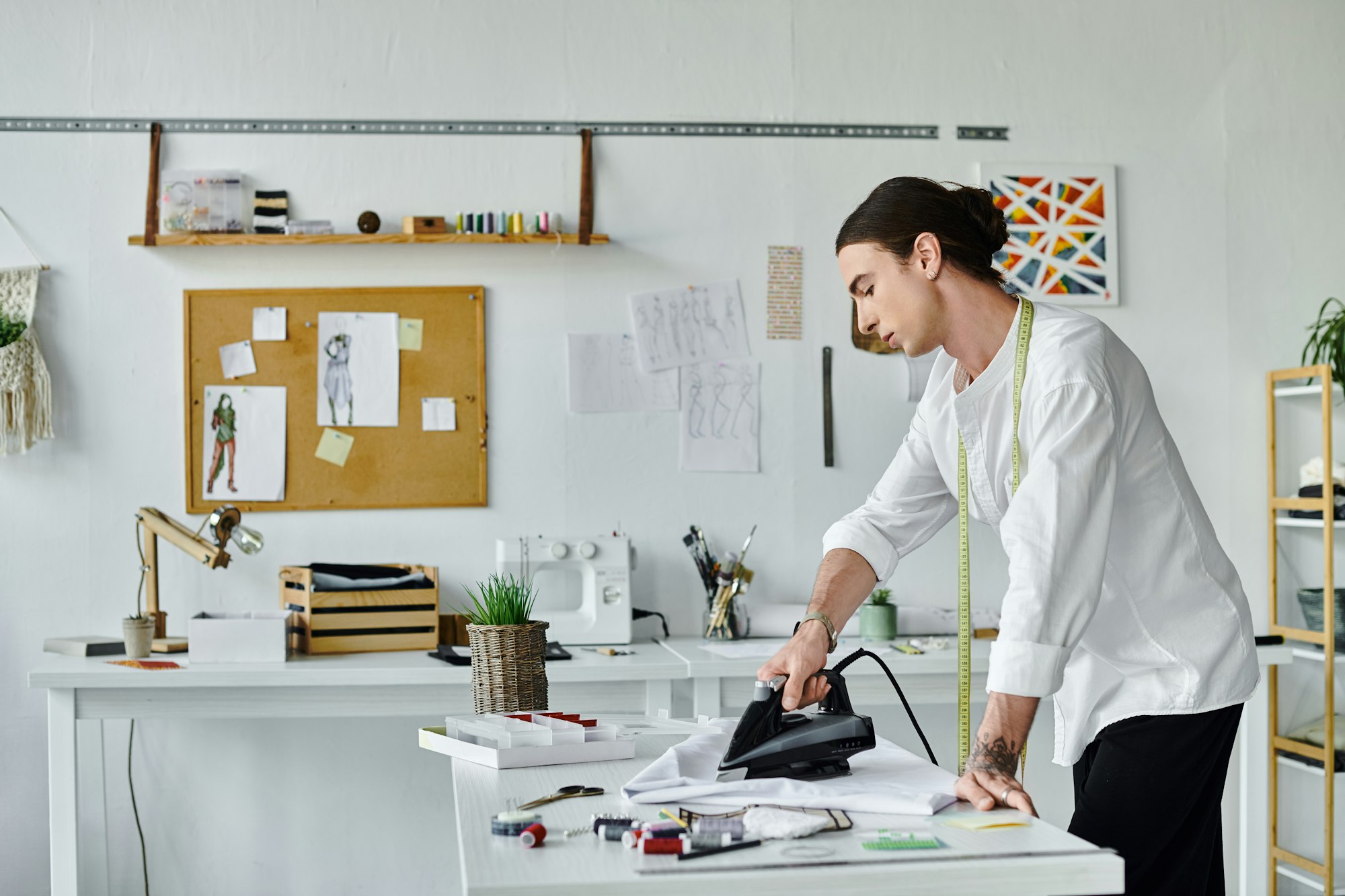AI is making its way into just about every industry, including the arts. This is making a lot of creatives—like artists, writers, and musicians—wonder about their future careers and their creative process. The big question is: Is AI a threat to their work or a tool that can help them be more innovative?

What AI Means for Art
AI’s role in art is pretty mixed. It can create paintings, compose music, and write poetry, which has started a big discussion about what art really is and what it means to create something. Some people think AI can’t match the emotional depth and insight that human artists have. Others think AI is a great tool that can make creativity even better and break new ground.
A Look at History
Every time a new technology comes along, people are skeptical at first. Take cameras, for example; people thought they would kill off painting, but they actually opened up new ways for artists to express themselves. It might be the same with AI—it probably won’t replace artists but might change what they do and how they do it.
Artists and AI Working Together
Some artists are starting to use AI as a partner in their creative process. They feed their own ideas and styles into AI systems, which then come up with creative works that the artists might not have thought of by themselves. This partnership can lead to new kinds of art and can be seen as a boost to an artist’s creativity.
Money and Rules
One big worry about AI in art is about jobs. AI can make lots of art quickly and never gets tired, which might mean less work for some artists. Also, there are still a lot of unanswered questions about who owns the rights to AI-made art, which makes things complicated.
What’s Next
The link between AI and art will probably keep changing. The key will be to make sure AI helps boost human creativity instead of taking over completely. Right now, artists don’t need to worry about losing their jobs to machines, but they are at the start of a new chapter in how art is made.

Frequently Asked Questions (FAQ)
- Can AI truly create art?
AI can indeed generate art, such as paintings, music, and poetry. However, whether this is considered “true” art often depends on personal definitions of creativity and emotional expression. While AI can replicate styles and apply creative techniques, some argue that it lacks the emotional depth and personal experience that human artists incorporate into their work. - Will AI replace human artists?
It’s unlikely that AI will completely replace human artists. Instead, AI is expected to change how artists work and the kinds of art they create. Much like past technological advances, such as the camera, AI may introduce new tools and methods that can enhance artistic expression rather than diminish the role of the artist. - What are the ethical concerns of using AI in art?
There are several ethical issues with AI in art, primarily revolving around copyright and job security. The ability of AI to produce art quickly and in large volumes raises concerns about the devaluation of human-made art and potential job losses. Additionally, the question of who holds the copyright to AI-generated art—whether it’s the programmer, the user, or the AI itself—remains unresolved and is a topic of ongoing debate.
Sources The Guardian


